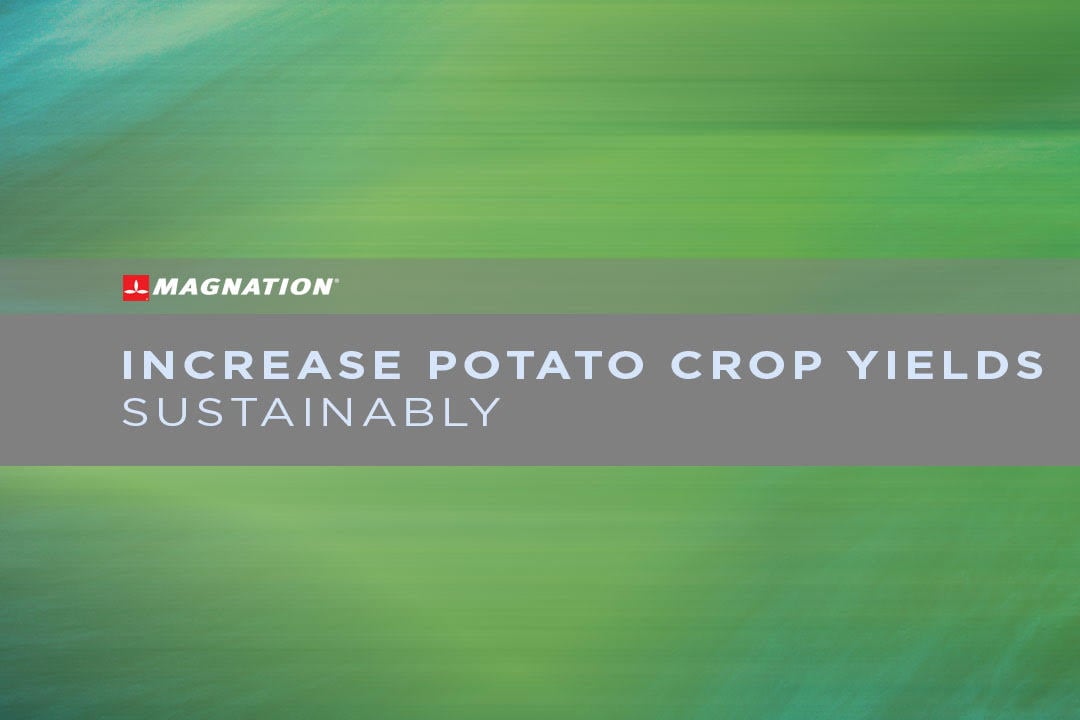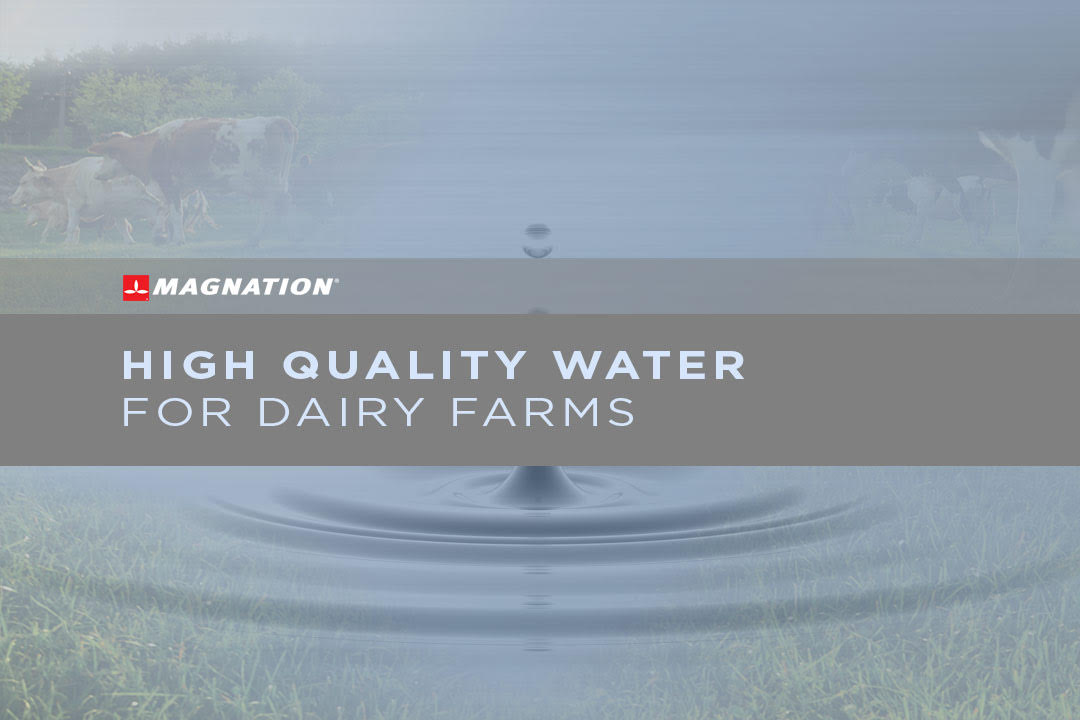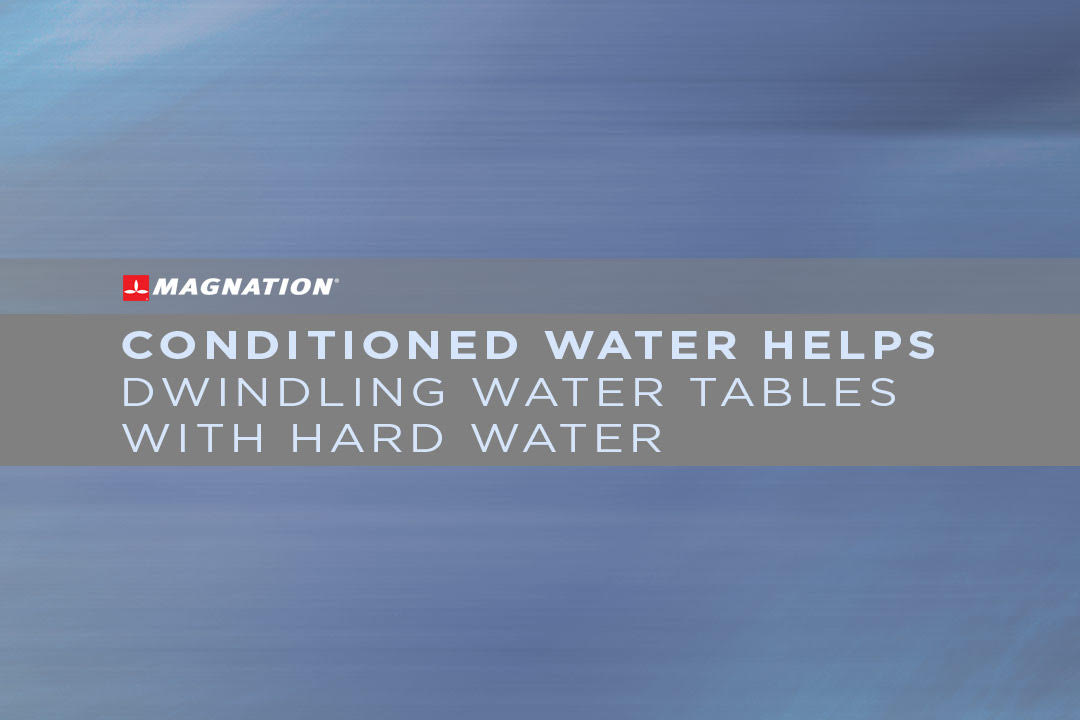
Global market analyses based on market size, production, consumption, and revenue indicate that the potato market will reach $10.5 billion by 2025. As the fourth most important food crop in the world and the leading vegetable crop in the United States, potatoes have become a staple for home cooking, fast foods, and restaurants. Potato-based products include everything from mashed potatoes, hash browns, and french fries to baked potatoes, stuffed potatoes, and diced potatoes used for soups and stews. Consumers and restaurants can purchase potatoes by the pound, in frozen quantities, in processed or dried forms, or as instant ready-to-mixed packages.
Potatoes Require Well-drained, Acidic Soil
While potatoes grow almost anywhere, moderately deep, loose, and well-drained soils produce the best results. When growing in poorly drained soils, the plant may produce diseased tubers. Because heavy clay soils retain too much moisture, potatoes struggle to grow because of the lack of ability to absorb water. Although sandy soils provide the drainage necessary for good plant growth, water may drain too quickly and introduce drought stress. To avoid potato scab disease, the plants should have more acidic soils with a pH ranging from 5.5 to 6.5.
Proper Soil Moisture Leads to Healthy Growth
A delicate balance exists between soil quality and soil moisture. This balance has a direct impact on potatoes at each growth stage. Too much moisture can cause rot in the tubers. Too little moisture stresses the plant and can cause conditions such as hollow heart or the formation of a star-shaped cavity in the tuber. As a result, achieving a productive potato crop depends on the accurate, appropriate application of water.
Before planting occurs, the soil should have 70% to 80% of field capacity to support root development. With the next stage covering planting to pre-emergence, the optimal level for soil moisture drops to approximately 65% to 80% field capacity. This decrease in capacity occurs because the potato seed pieces retain enough moisture and provide the necessary nutrients for supporting the sprout. Maintaining–but not surpassing–this level is crucial for ensuring proper soil aeration, proper sprout emergence, and disease prevention.
Increasing the soil moisture level beyond 65% to 80% field capacity at the planting/pre-emergent stage of growth development establishes a disease-friendly environment. As soil aeration drops and moisture increases, the opportunities for soft rot, black leg, stem rot, or stolon canker increase. Irrigation at this stage also reduces respiration at the tuber and introduces metabolic stress for the plant. If the soil moisture drops below the 65% threshold, cuts on the seed piece heal and the plant struggles to develop the necessary root growth. In addition, poor soil moisture allows pathogens to develop.
During early vine growth, the roots have begun the second half of growth and absorb approximately 70 percent of nutrients. In the emergence stage, the size of the vine canopy every week and the plant gradually requires additional water. Although the soil moisture level should remain between 70 to 80%, any excess moisture can over-water root hairs and cause nitrogen leaching.
Once the plant reaches full bloom and the tubers begin to grow, water requirements increase to 80 to 90% of field capacity. If soil moisture levels drop below the recommended field capacity levels, the plants weaken and the tubers become malformed. In addition, the plants become prone to diseases such as common scab. Exceeding the recommended soil moisture levels can lead to brown center and hollow heart conditions in the tubers.
Potato tubers grow rapidly after full bloom and reach approximately 95 percent of the final fresh weight. As a result, the plants have a much transpiration rate and a much higher demand for water. At maturity, the plant vines die and the need for soil moisture declines to 60 to 65% of field capacity. Over-watering in the final stage of tuber development before harvest causes water rot, soft rot, and pink rot.
Magnation Water Technologies Help Farmers Grow Better Potato Crops with Less Water
Water shortages and problems with water quality challenge farmers. Because potatoes exhibit changing requirements for water transpiration and nutrient uptake during each growth stage, maintaining recommended soil moisture levels while conserving water have become priorities for farmers. In addition, farmers also seek methods for reducing the amount of fertilizer applied to potato crops.
Products manufactured by Magnation Water Technologies help maintain the soil quality needed for excellent root growth and allow farmers to achieve the appropriate level of soil moisture without over-irrigating crops. According to Brian Searle–owner of Searle Farms near Shelley, Idaho–conditioning water with Magnation Water Technologies products led to higher nitrogen levels in potato crops while reducing the need for water:
“Our nitrogen levels, in fact, all of our levels were higher on those fields that were treated with Magnation. We tested and monitored the crops throughout the year and we also found that the Magnation side was wetter than the south side. We saved about one week’s worth of irrigation. At least 10% less water was needed on the Magnation side.”
When you don’t use Magnation, it costs more to grow your crops, just on input investments alone. Magnation will definitely reduce the need to continually put on more fertilizer to help with nutrient uptake and water uptake for better results.”
If you would like to learn more about the benefits that Magnation Water Technologies products provide for all types of crops, contact a water conditioning expert at Magnation’s Oakland, California headquarters or by calling 888.820.0363.










Comments
Add Comment